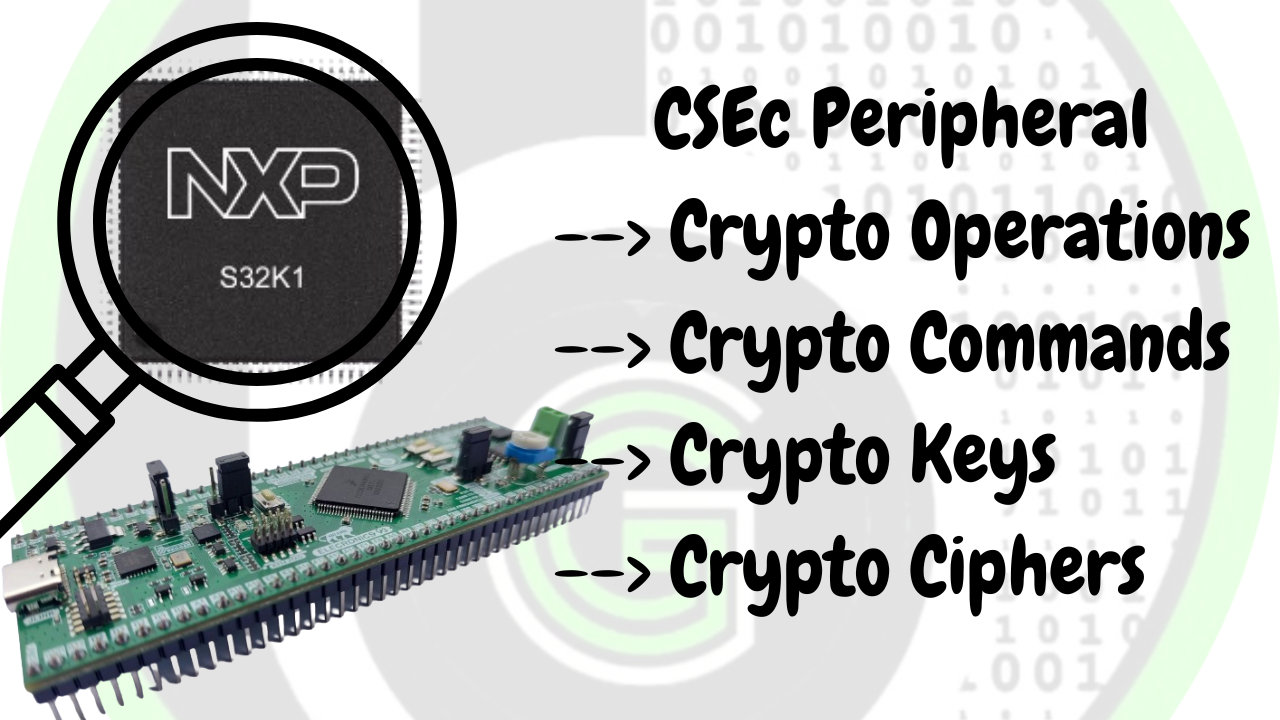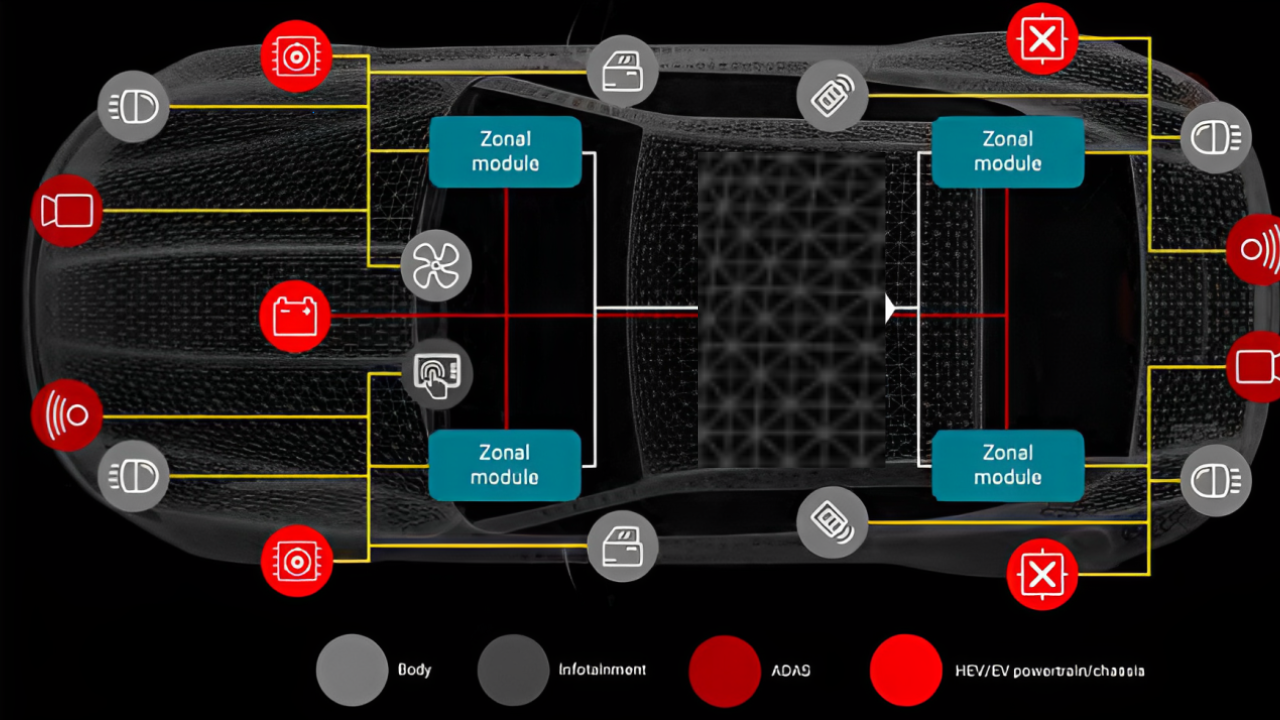Looking to learn Autosar Software Tech Stack?? Autosar MCAL Layer is the easiest and inexpensive way to start learning your automotive software journey that too with Handson DIY projects and not just theoretical way
How to use Cryptography in S32K Microcontrollers? What is CSEc Peripheral? how does CSEc peripheral in S32K Microcontrollers work.
Ever Though how electronics is implemented and arranged in a vehicle???? Explore this blog to get the Answer| ||| What is E/E Architectute || Domain Architecture || Zonal Architecture



